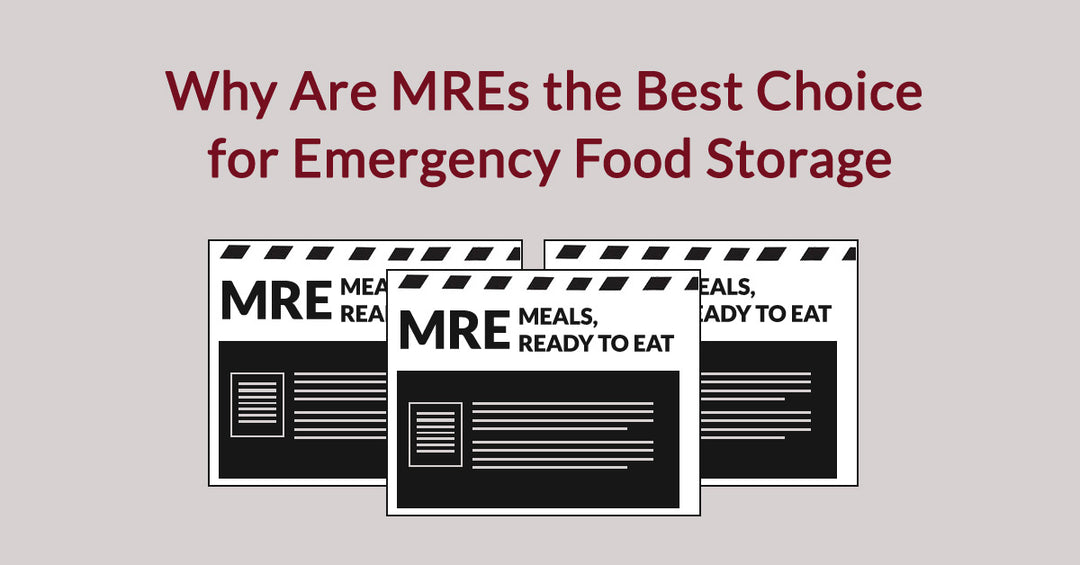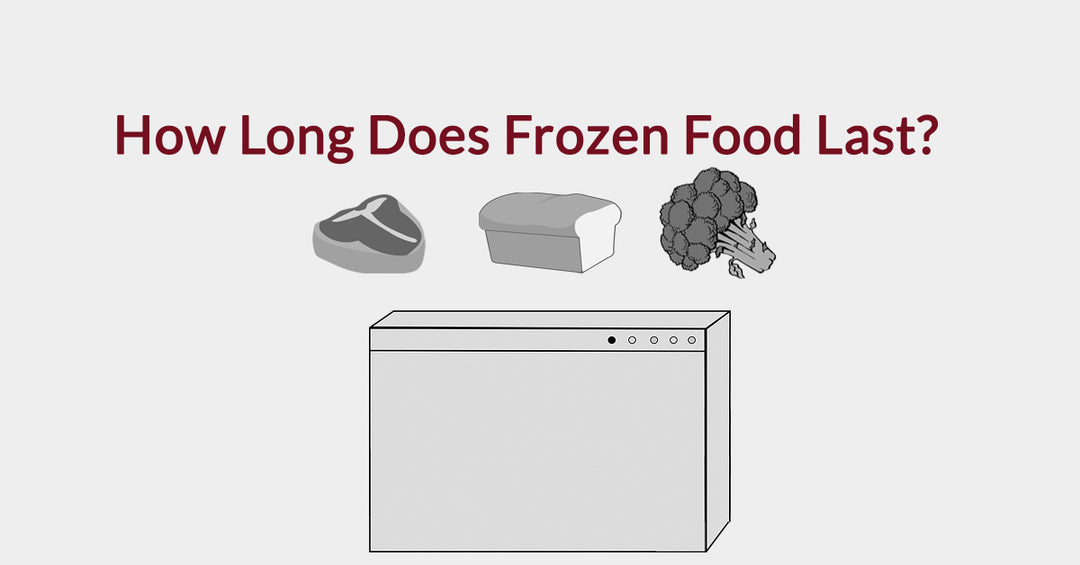US Food Supply Disaster Series: Super Tornado Outbreak (April 2011, Southern U.S. and Midwest)

In April 2011, the Southern U.S. and Midwest bore witness to one of the most significant multi-day tornado outbreaks in recorded history. This "Super Outbreak" unleashed hundreds of tornadoes, causing widespread devastation across states like Alabama, Mississippi, and Tennessee. Beyond the immediate destruction of homes and infrastructure, this event posed severe challenges to food security, particularly in vulnerable rural communities. For those focused on disaster preparedness, food access in emergencies, and the resilience of small towns, the lessons from 2011 remain critically important.
When Towns Were Flattened: The Immediate Food Crisis
The sheer power of the 2011 tornadoes left entire towns flattened, literally wiping out existing grocery stores, convenience shops, and other essential food access points. In places like Hackleburg, Alabama, or Smithville, Mississippi, the local supermarket was simply gone, leaving residents with no immediate means to purchase food. This created an instant food desert in affected areas, forcing survivors to rely entirely on external aid. The U.S. Department of Agriculture (USDA) later highlighted the significant disruption to agricultural infrastructure and rural economies caused by such events.
Relief efforts, while swift in many areas, faced immense access issues. Roads were often impassable due to debris, downed power lines, and damaged bridges, severely hindering the delivery of food, water, and other vital supplies. This logistical nightmare meant that even if food was available in nearby cities, getting it to the most devastated areas was a slow and dangerous process. This prolonged the period of food insecurity for many survivors, adding to their already immense suffering.
Compounding these challenges was widespread power loss. Even in areas where structures remained standing, electricity was often out for days or even weeks. This had a direct and immediate impact on food storage, as refrigerators and freezers ceased to function. Families lost entire stocks of perishable food, increasing waste and the urgency for emergency provisions. This highlighted the fragility of modern food preservation when basic utilities are disrupted, a common theme in severe weather events.
Who Suffered Most from Food Insecurity?
The impact of the 2011 Super Tornado Outbreak was most acutely felt by small rural communities. These towns often have only one or two local grocery stores, making them highly vulnerable to complete disruption when those few access points are destroyed. With limited public transportation and often significant distances to larger towns, residents found themselves isolated from alternative food sources.
Vulnerable mobile home residents were also disproportionately affected. Mobile homes, by their nature, are highly susceptible to tornado damage, leading to immediate displacement. Many residents in these communities also fall into lower-income brackets, meaning they had fewer financial resources to cope with food loss, temporary housing, or the cost of traveling to distant food sources. The American Journal of Public Health has published studies on the increased vulnerability of mobile home residents during tornadoes, often linking it to socioeconomic factors.
States like Alabama, Mississippi, and Tennessee, with their significant rural populations and prevalent mobile home communities, bore the brunt of these specific food-related challenges.
Outcomes and Lessons Learned: Building Resilience for Future Tornadoes
The 2011 Super Tornado Outbreak, while catastrophic, served as a crucial learning experience for disaster response and food security. It brought into sharp focus the unique challenges of delivering aid in highly fragmented rural landscapes.
One of the most significant outcomes was the prompting of discussions about mobile disaster food units. Recognizing that fixed grocery stores might be destroyed or inaccessible, emergency planners and humanitarian organizations began to explore the feasibility of deploying mobile kitchens, food trucks, or pop-up pantries that could operate directly within devastated zones. These units could provide hot meals or shelf-stable groceries directly to affected residents, bypassing damaged infrastructure. Organizations like the American Red Cross increasingly utilized mobile feeding operations in subsequent disaster responses.
Furthermore, the need for temporary pop-up groceries became apparent. These could be quickly established in resilient structures or large tents in or near devastated communities, offering a limited selection of essential food items for purchase or distribution. This approach aims to bridge the gap between initial emergency relief and the eventual reconstruction of permanent food retail. The USDA, through programs like the Supplemental Nutrition Assistance Program (SNAP), also worked to provide immediate disaster benefits to help affected families purchase food from any available source.




